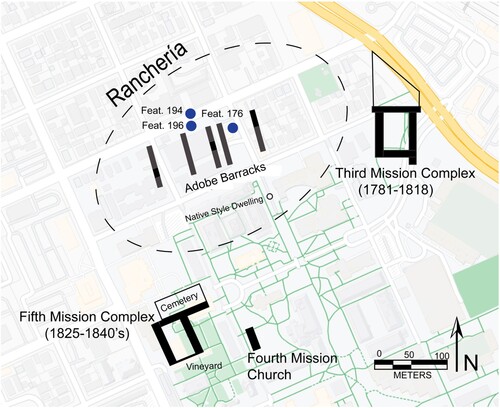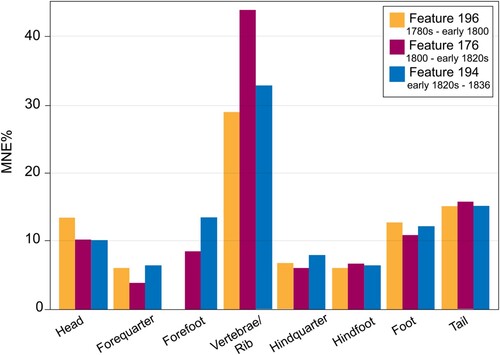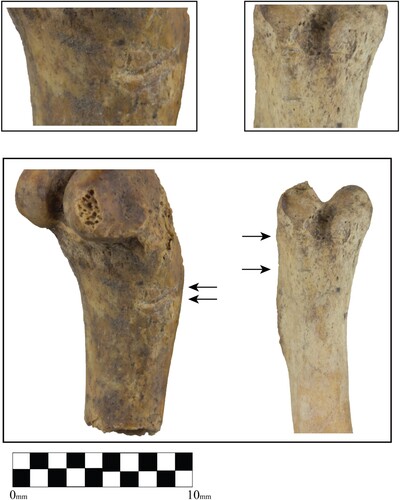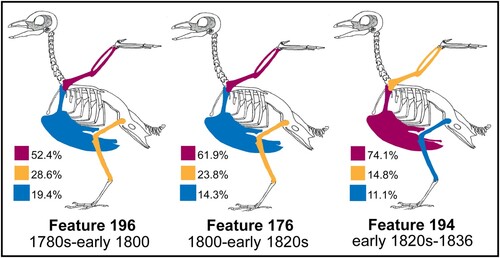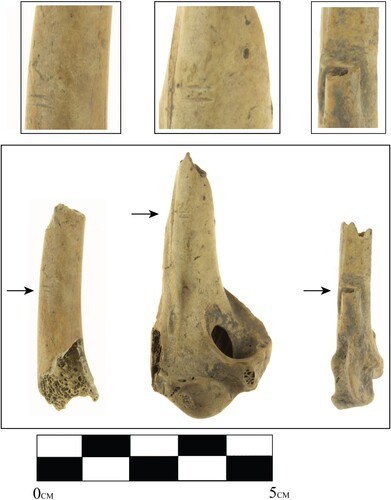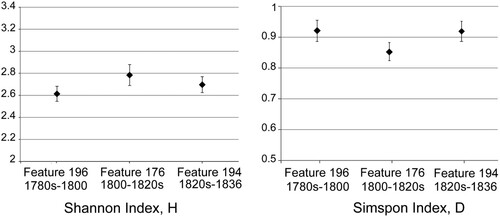Figures & data
Figure 1. Ethnolinguistic borders of Ohlone, Yokuts, and Miwok, adapted from Panich and Schneider (Citation2015) and Muwekma Ohlone Tribe of the San Francisco Bay Area (Citation2015).
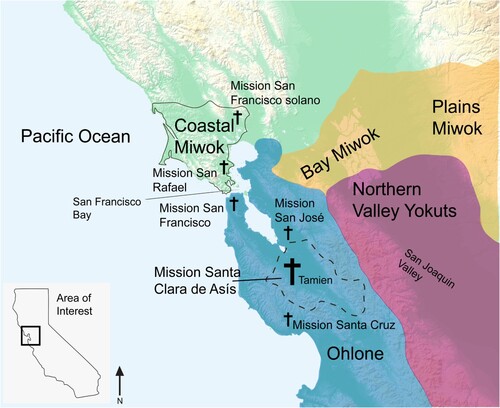
Figure 3. Summary of %NISP and %Biomass of faunal remains from the three pit features at Mission Santa Clara.
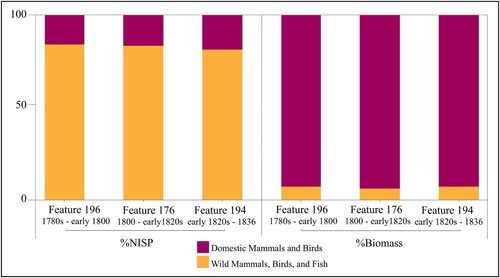
Table 1. Number of Identified Specimens (NISP) from Mission Santa Clara.
Table 2. Number of Identified Specimens (NISP) with Burn Marks.
Figure 5. Summary of %Biomass of wild mammalian faunal remains from the three pit features at Mission Santa Clara.
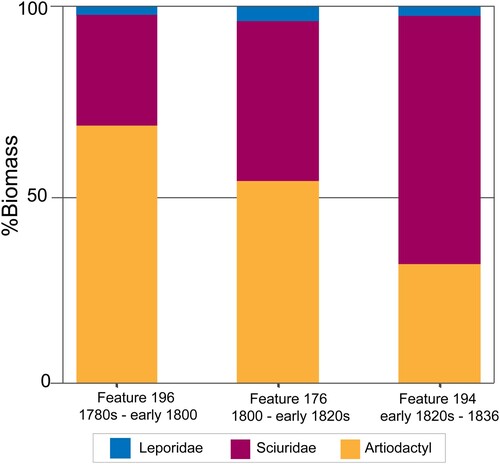
Figure 6. Summary of %Biomass, %NISP, and %MNI of squirrel remains from the three pit features at Mission Santa Clara.
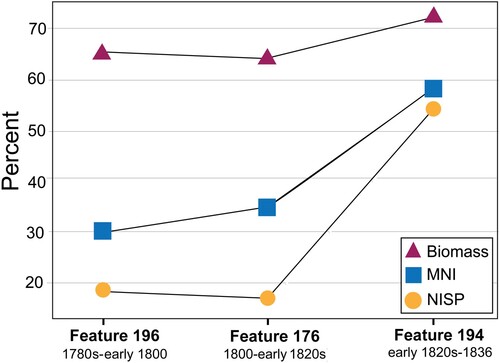
Figure 7. Examples of burning damage on squirrel bones from Mission Santa Clara: (a) unburned white-cream; (b) carbonized (blue-black) and calcined (chalky-white or blue-grayish); (c) slightly burned (reddish-brown).
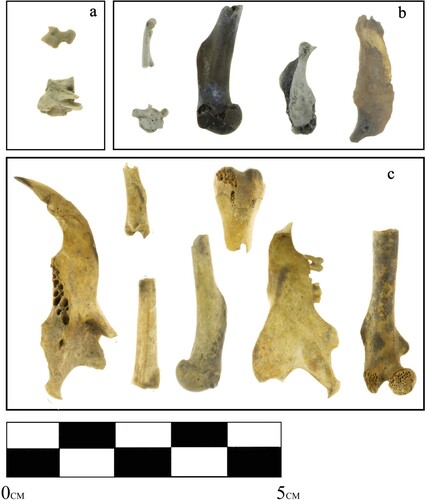
Table 3. Number of Identified Specimens (NISP) with Cut Marks and Possible Cut Marks.
Table 4. California Ground Squirrel (Otospermophilus beecheyi) Elements with Cut and Burn Marks.
Figure 9. Summary of %Biomass and %NISP of dabbling ducks, diving ducks, and geese from the three pit features at Mission Santa Clara.
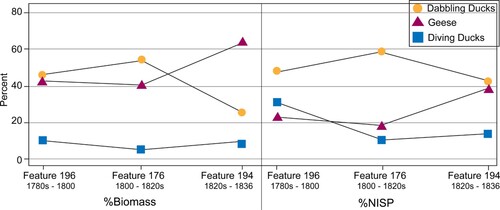
Table 5. Diversity Indices.

